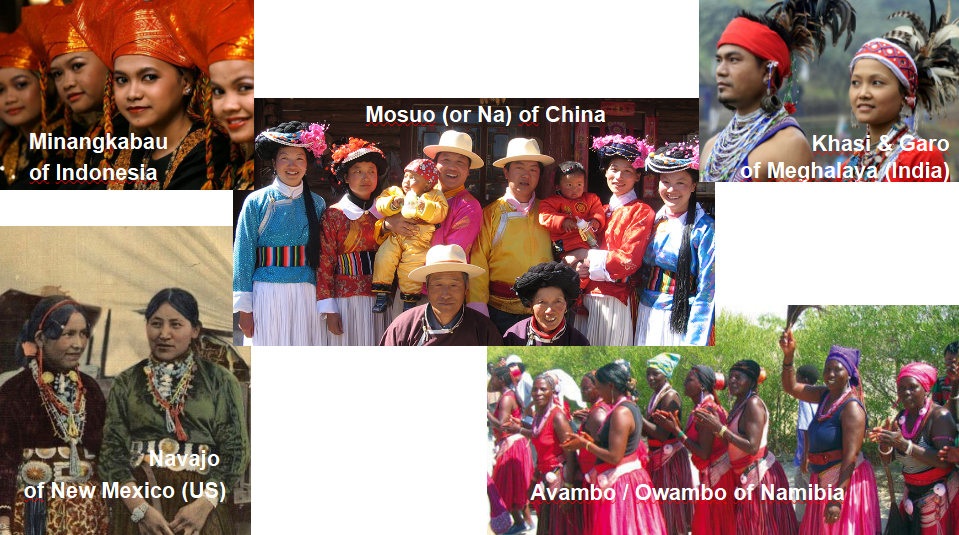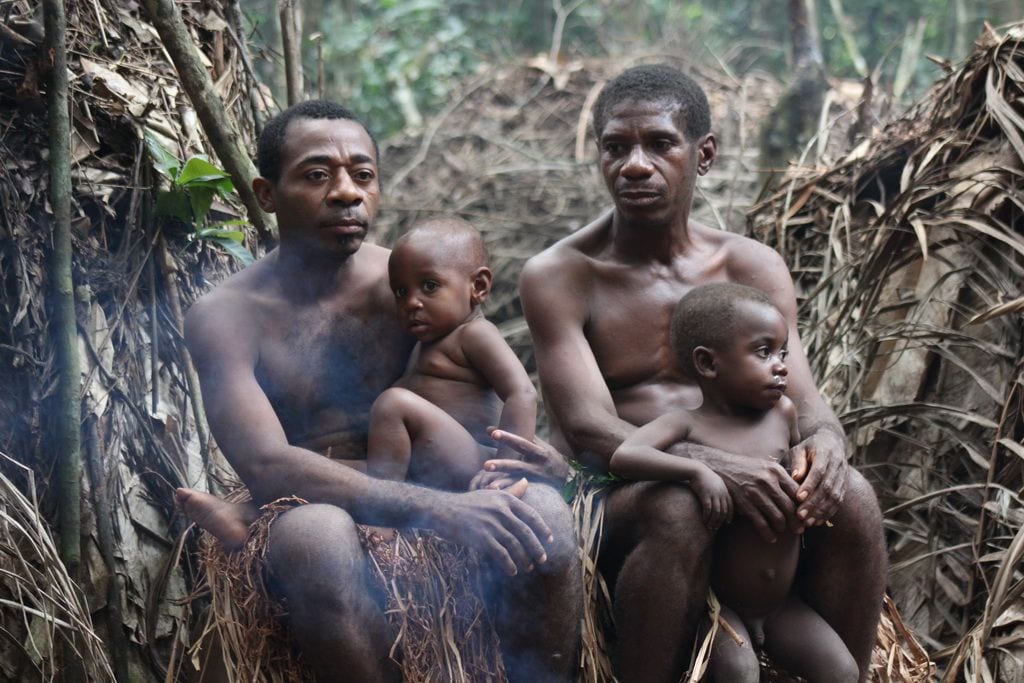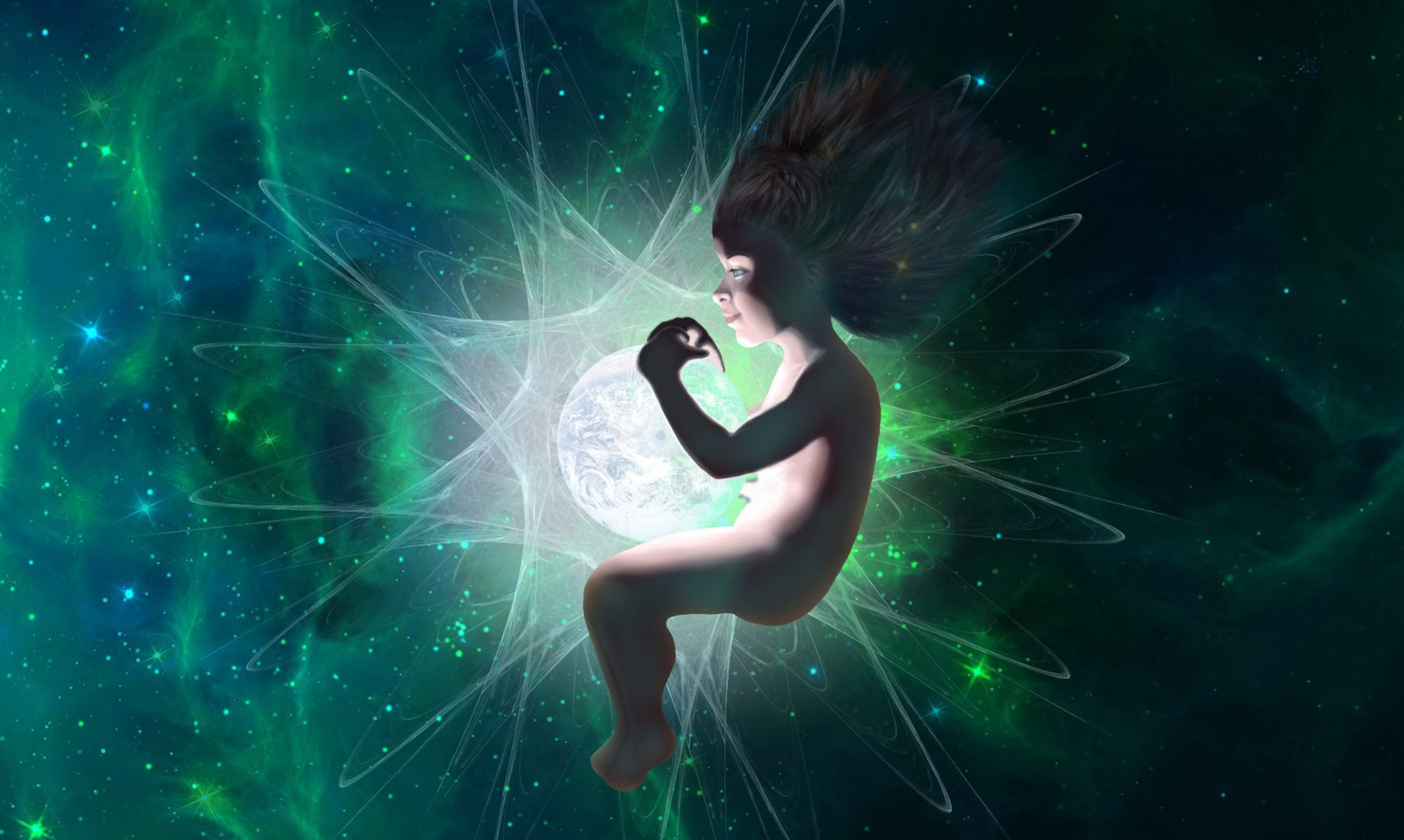We have questioned the patriarchal model, built on the brutal law of the strongest. What could be the alternatives to this model?
In “Coactive Learning“, we’ve seen different styles of leadership and ways to improve empathy.
I propose here some reflections on the way in which people unite in a more intimate way, in couples, sex and families.
Couple
Love is a source of strength and joy of life. It can lead to develop qualities and skills. The thought of being in the arms of the loved one provides the deepest happiness.
We are naturally attracted to each other, we need each other. A baby does not survive without attachment.
A true connection can only occur between people who are fully aware of being equal, because only then, can we estimate each other enough to count on her/his intelligence, to feel full empathy and to learn to know each other in depth, instead of relying on the prejudice of her/his gender.
An authentic contact between two persons requires patience and courage.
This goes through the mere presence of the other, under different circumstances. Little by little, our senses caress the person we are starting to love. She/he remains in our dream of reality. This dream colors each of our impressions. We live more intensely.
There is only one reality, the one that comes from our senses. There is only one other being in the world who lives in a reality similar to ours. This is another human being. When we look at another person, we think we see an avatar produced by our mind, a man or a woman, with a face, a body and clothes. But these avatars are only one of the many creations of our mind, which is pure consciousness. The person we contemplate has his/her own has avatars in front of his/her eyes, and he/she cares for the avatar he/she sees in the other’s eyes. But, in fact, he/she is, like us, the whole world reflecting in a consciousness.
What makes up most of differences between men and women, or those we imagine by prejudice, is gender. Sexual gender is one of those adult comedies that we are inculcated by will or force. Our reality is much more immense and it has no sex, no age, no skin color, no social, cultural or geographical origin, or even specie. Our reality is pure consciousness.
Sex
Sexual desire is flexible. It is influenced by our self-image. Self-image is created through interactions with others and the models available to us, which are still strongly imbued with patriarchal culture.
If a woman comes from an environment that sees sexual pleasure as a source of degradation for a woman, she can have particularly masochistic fantasies. For fear of these perverse impulses, some women become prude and inhibit themselves, or on the contrary, develops a sexuality where the pleasure would find its source in the fact of getting dirty and dominated.
Our first sexual experiences also have a strong influence. When they happen in the wrong context and in the wrong hands, our desires can be sadistic, even against ourselves.
The first erotic images that can be accessed as teenagers are magazines or pornographic websites made by and for a certain type of men, where women are systematically objectified, submitted to male pleasure, simulating their pleasure loudly and sometimes having pain.
These images, without necessarily being imitated, can cause pleasure to women, and the pleasure can get stuck into this kind of things. There is a coherence between these images and the image of women in general, it is only a difference of degree. This is not the only area in which we absorb desires that are not ours at the origin, and that make us frenetic and unethical consumers.
Sex originates in instincts that do not care about morality. Girls do not know it enough, so maybe some of them lose self-esteem in such experiences.
The music of our feelings is influenced by self-image and others, and sex is the tempo of this music. It is a coping force that nature has given us.
If the melody changes, sex also changes. In other words, if we are tempted by a pleasure that dirty us or dirty our partner, we can choose to change the image of ourself and of our partner to change our fantasies. One can also choose to assume her/his fantasies, or even to execute them, but there is a risk to hurt someone, either our partner, or the future partners of our partner to whom we will have transmitted this vision of sex.
In addition, a man often leads the dance, sometimes insists on getting what he want, and the woman accepts, then feels dirty afterward, ashamed of having accepted what she should not have accepted.
When the man is stronger and the woman is naked in front of him, he is a bit intimidating, even if she does not show it. Furthermore, women are more or less anesthetized during the sexual act, so it is only afterwards that they realize that they let their partner do what they did not really want.
To have such passivity during sex is an instinctive and archaic reaction. This is the best defense when the other one is stronger. That’s how, for thousands of years, women have saved their life. We know that if we counter attack, we take the risk of being smashed, in addition to being raped.
That’s why the only way for a man to make sure that his partner is not letting him do something she will regret, is to let her lead, or to take the lead the way she asks for by herself. A respectful and confident man should not have an issue with that.
Family
Speaking of the law of the strongest, we have questioned the patriarchal family model. But what could be the alternatives?
Should we move to a more natural model, with a filiation, inheritance and home location, centered on the mother?
This would certainly improve the lot of women in comparison with patriarchy. In the few societies living today like this, for example the Mosuo (or “Na”) of China or the Khassi of India, women are respected, solidarity between people is strong and crimes are rare. Their peaceful nature reveals that it is indeed the status of women that is at the heart of a violent society.

The Mosuo offer a particularly interesting family model because there is no marriage. Relationships are free. The family consists of brothers and sisters of the same mother. All generations live together in a big house, and everyone helps. The foster parents of the children are all the adults of the family, the siblings of the mother, and her parents, uncles and maternal aunts still alive. This provides great security for the child, because it does not depend on a love relationship between genetic parents. The genetic father of the child helps the children of his own sisters. This pattern is not strict, as men sometimes help a girlfriend whose family support is smaller, or offer gifts to their genetic children.
Although these societies offer new perspectives, they do not always offer the level of freedom that a human being is entitled to aspire. The role of the woman is valued as a person attached to the home and the family. It may be difficult for her to break away from these responsibilities to pursue long studies, travel, research, create, or accomplish other projects.
A more varied life experience of both parents is also beneficial to the child. The adult learns from contact with others. The housewife is often isolated, confined to poorly stimulating tasks and passivity. Through contact with others and by learning new activities, she enriches her experiences, becomes less naive, deepens her empathic and cognitive abilities,which make her more skillful and stronger in the upbringing of the child. The working father also acquires experiences that may be useful to the child. Conversely, the experience that a man or woman develops as a parent helps him or her to be more understanding, and therefore more effective, in teamwork and leadership, at a professional or political level. The traditional partitioning of roles finally has alienating effects for adults, men and women, as well as for the child, educated by these same adults.
Perhaps a more flexible and balanced distribution of tasks between men and women, and greater solidarity among people in general, would allow everyone to have such moments of freedom, without affecting the desire to be in a relationship or to have children? For this, do we really need to found a family the traditional way, that is, by uniting a man and a woman according to the conditions of marriage?
Marriage is an institution designed to serve the patriarchal model: it binds sexually a woman to a man, to ensure the purity of paternal filiation.
In the contemporary context of the Western world that refuses sexual coercion, this translates into the desire to associate a relationship based on passionate love and a family project. This may work in some cases, but not always. Besides, we do not fall in love once in our life.
Couples who could hold before only by the enslavement of women and the permission for men to have lovers and prostitutes, now separate. Our possibility of choice also throws many of us into celibacy, or into a quest where love mixes with consumption and narcissism, or even, ironically, the acceptance of a return to a patriarchal structure, the woman preferring to take charge of domestic tasks and offer herself to “marital duty” (despite the loss of desire), rather than leaving the material security offered by the father.
If it is so hard to find someone who is at the same time a good parent, a lover, a friend, a cohabitant, perhaps different people can fulfill one or more of these functions, not necessarily the same person at different times of life, because everyone changes. Furthermore, some people don’t need to experience every of those roles. Some people may be happier in living alone, or with a partner but without children.
Perhaps, instead of having a marriage contract encompassing mutual solidarity, parental duty and sexual fidelity, we could have a mutual solidarity contract, with or without cohabitation, and/or a co-parental contract, in which the child does not systematically inherit the name of the father, and none of the contracts would have a sexual clause. Therefore, two persons, including members of the same family, for example a brother and a sister, or two or more friends, could sign a contract of parental responsibility or mutual solidarity, or both.
Maybe we don’t need any contract, but just to learn to work together and to develop more empathy and solidarity between people. Perhaps we should reconstitute tribes of people helping each others, without necessarily living full time with each others.
Humanity has lived for thousands of years as tribes. Mothers were not alone in raising their children, they could rely on their sisters, their brothers, and on the whole clan (see below “Mothers and others” by Sarah Blaffer Hrdy). Men were not alone in keeping their family safe, everyone was protecting each others. It was certainly not without conflicts and injustices, but no one was isolated in his or her misery.
We should learn to work together for the common good, and this teaching should be part of the goals of school
If children were learning to respect and help each others at an early age, no doubt that the adults they would become would be able to build the right system of solidarity themselves.
When solidarity is lacking, women are in a weak position to negotiate tasks sharing in the couple. On one hand, they often have a lower income than their companion. On the other hand, they need help when their body serves childbirth. Couples thus easily fall into a patriarchal model: the woman sacrifices her career and takes on her most domestic duties, which widens the pay gap between the two and accentuates the material power of the man.
Mothers whose income is not enough to feed a family, or who want to give more time to their children, have little choice but to depend on a man. Family allowances are generally not sufficient, and there are not always relatives who can help.
When families break up, often, women with low or average incomes have to take care of domestic and family responsibilities alone, while having a full time job. They live a daily slavery and suffer, sometimes they burn out. On the other side, many divorced men find themselves alone with the obligation to pay family support to their former wife, which gives them the feeling of being stripped of their money as well as of their children. Aside of that, there is plenty of isolated people, at any age and any social classes. These situations are symptomatic of a society that tries to rid itself from the unfair patriarchal model, but that has not learned enough to work together by solidarity rather than by obedience to an authority.
This handicap is visible even in the most charitable organizations. I have found as much conflicts, narcissism, lack of listening and empathy, use and abuse of authority, use of scapegoats and rumors, in organizations such as the Red Cross, as in the most capitalist companies in which I’ve worked for money.
Perhaps we should also question the norm of having babies. This contributes not only to the enslavement of women, but also to the destruction of nature. Perhaps we should replace the ideology of giving life with an ideology of non-suffering, which implies asking the question “Is birth in the interest of the child?” As suggested by Jean-Christophe Lurenbaum in his work of the same name (in French).
In any case, there is probably not an ideal model for all, but models that are suitable for some and not for others. The emancipation of women broke the obligation of a structure that made many of them unhappy, and did not make most men happy either. People were just resigned. Today we have the choice, which allows us to have access to love, freedom, a real complicity and a better personal development, but at the cost of trials and errors, by adapting also to the aspirations of his or her partner, whether she is a woman or he is a man.
Mothers and others
Sarah Blaffer Hrdy, anthropologist and professor emerita at the University of California, has published several books about the role of the mothers in shaping human evolution. She explains that it is the mother-child relationship that has guided the evolution of the animal towards the human, by developing empathy.
In the article Mothers and Others in Natural History Magazine, she describes the importance of cooperative breeders:
These helpers other than the mother, called allomothers by sociobiologists, do not just protect and provision youngsters. In groups such as the Efe and Aka Pygmies of central Africa, allomothers actually hold children and carry them about. In these tight-knit communities of communal foragers—within which men, women, and children still hunt with nets, much as humans are thought to have done tens of thousands of years ago—siblings, aunts, uncles, fathers, and grandmothers hold newborns on the first day of life. When University of New Mexico anthropologist Paula Ivey asked an Efe woman, “Who cares for babies?” the immediate answer was, “We all do!” By three weeks of age, the babies are in contact with allomothers 40 percent of the time. By eighteen weeks, infants actually spend more time with allomothers than with their gestational mothers. On average, Efe babies have fourteen different caretakers, most of whom are close kin. According to Washington State University anthropologist Barry Hewlett, Aka babies are within arm’s reach of their fathers for more than half of every day.

But alloparents must be competent and caring. This is not always the case in daycares, for example, as Sarah Blaffer Hrdy explains:
The NICHD study showed only that day care was better than mother care if the mother was neglectful or abusive. But excluding such worst-case scenarios, the study showed no detectable ill effects from day care only when infants had a secure relationship with parents to begin with (which I take to mean that babies felt wanted) and only when the day care was of high quality. And in this study’s context, “high quality” meant that the facility had a high ratio of caretakers to babies, that it had the same caretakers all the time, and that the caretakers were sensitive to infants’ needs—in other words, that the day care staff acted like committed kin.
Bluntly put, this kind of day care is almost impossible to find. Where it exists at all, it’s expensive. Waiting lists are long, even for cheap or inadequate care. The average rate of staff turnover in day care centers is 30 percent per year, primarily because these workers are paid barely the minimum wage (usually less, in fact, than parking-lot attendants). Furthermore, day care tends to be age-graded, so even at centers where staff members stay put, kids move annually to new teachers. This kind of day care is unlikely to foster trusting relationships.
